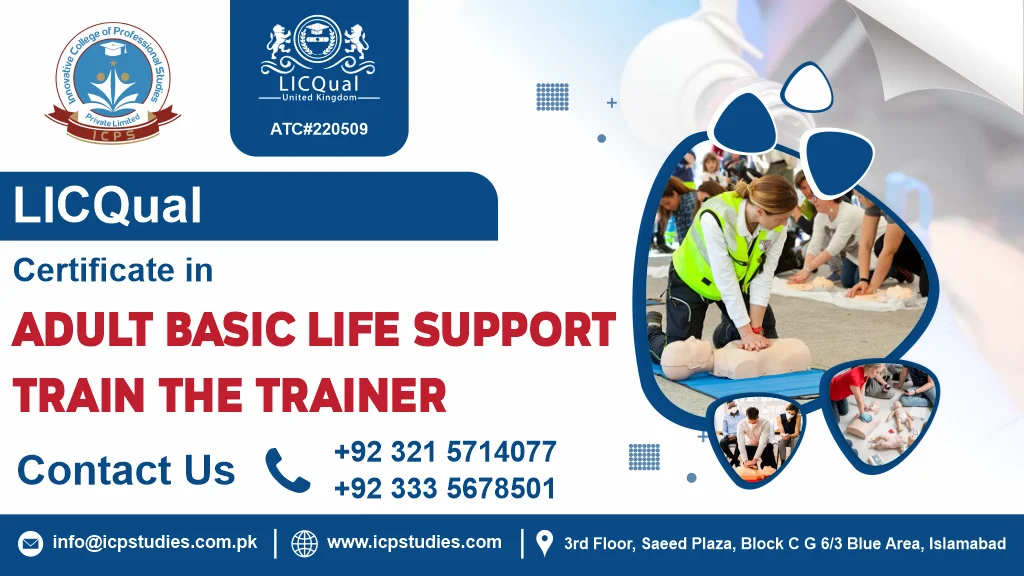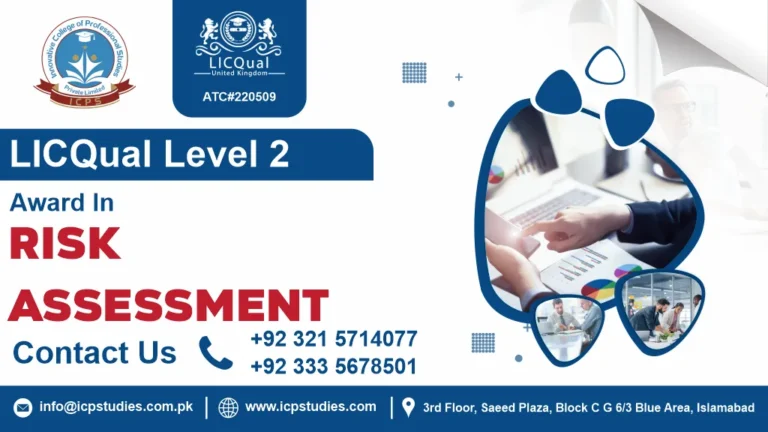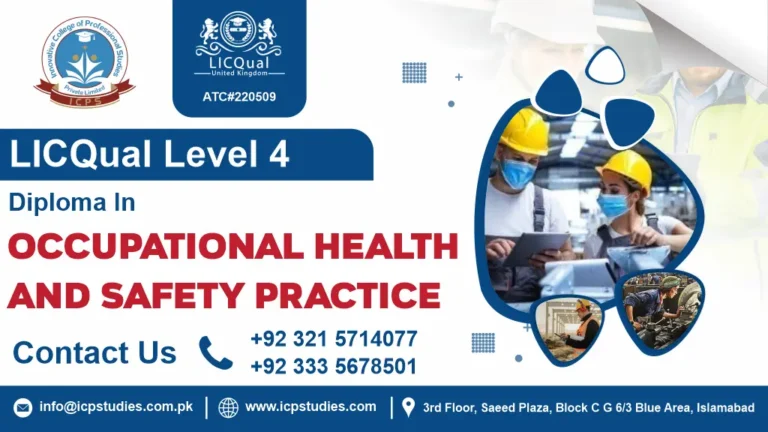In today’s fast-paced world, being equipped with life-saving skills is more crucial than ever. Whether in a corporate setting, educational institution, or community organization, knowing how to administer basic life support (BLS) can make a significant difference. But while individual training is essential, there’s also a growing need for skilled trainers who can pass on these vital skills effectively. This is where the Certificate in Adult Basic Life Support Train the Trainer comes into play.
The Certificate in Adult Basic Life Support Train the Trainer is a specialized certification designed for individuals who want to teach others how to perform essential life-saving techniques. This program goes beyond the basic BLS training, equipping participants with the skills to educate others on adult CPR (cardiopulmonary resuscitation), choking relief, and other critical procedures.
The Certificate in Adult Basic Life Support Train the Trainer is more than just a credential—it’s a commitment to enhancing the safety and well-being of others. By becoming a trainer, you gain the skills and knowledge to educate others on life-saving techniques, thereby multiplying the impact of your efforts. Whether you’re a healthcare professional, educator, or someone passionate about public safety, this certification offers an opportunity to make a meaningful difference in your community.
All About Certificate in Adult Basic Life Support Train the Trainer
Course Overview
The Certificate in Adult Basic Life Support (BLS) Train the Trainer is a specialized credential designed for individuals who want to become qualified instructors in providing basic life support to adults. This certification focuses on equipping professionals with both the technical skills required for administering BLS and the instructional skills needed to effectively teach these techniques to others.
Certificate in Adult Basic Life Support Train the Trainer is a vital credential for those looking to expand their role in emergency preparedness and health education. It empowers individuals to teach essential life-saving skills to others, thereby broadening the reach and impact of BLS training.
Study Units
- Introduction to Adult Basic Life Support
- Basic Life Support Techniques: CPR and Chest Compressions
- Automated External Defibrillator (AED) Usage
- Relief of Choking in Adults
- Instructional Design and Teaching Methodologies for BLS
- Managing Training Sessions and Handling Challenges
- BLS Training Assessment and Feedback
To enroll in the LICQual Certificate in Adult Basic Life Support Train the Trainer, candidates should meet the following criteria:
- Relevant Professional Background: Applicants should have experience in healthcare or emergency response roles, such as paramedics, nurses, doctors, or other medical professionals.
- Minimum Qualification: A current certification in Basic Life Support (BLS) or an equivalent qualification is typically required to ensure foundational knowledge of life-saving techniques.
- Training Experience: While prior experience in training or teaching is advantageous, it is not mandatory. Candidates should demonstrate a commitment to educating others about basic life support practices.
- Strong Communication Skills: Effective verbal and written communication skills are essential for delivering engaging training sessions and facilitating hands-on practice.
- Commitment to Lifelong Learning: Candidates should show a willingness to engage in continuous professional development in the field of emergency care and life support.
- Pre-Course Assessment: Some providers may require candidates to complete an assessment or interview to evaluate their suitability for the course.
- Understanding of Adult Learning Principles: Familiarity with adult learning theories and training methodologies is beneficial, although these concepts can be developed during the course.
To enroll in the LICQual Certificate in Adult Basic Life Support Train the Trainer, candidates should meet the following criteria:
- Relevant Professional Background: Applicants should have experience in healthcare or emergency response roles, such as paramedics, nurses, doctors, or other medical professionals.
- Minimum Qualification: A current certification in Basic Life Support (BLS) or an equivalent qualification is typically required to ensure foundational knowledge of life-saving techniques.
- Training Experience: While prior experience in training or teaching is advantageous, it is not mandatory. Candidates should demonstrate a commitment to educating others about basic life support practices.
- Strong Communication Skills: Effective verbal and written communication skills are essential for delivering engaging training sessions and facilitating hands-on practice.
- Commitment to Lifelong Learning: Candidates should show a willingness to engage in continuous professional development in the field of emergency care and life support.
- Pre-Course Assessment: Some providers may require candidates to complete an assessment or interview to evaluate their suitability for the course.
- Understanding of Adult Learning Principles: Familiarity with adult learning theories and training methodologies is beneficial, although these concepts can be developed during the course.
Learning Outcome
1. Introduction to Adult Basic Life Support
Learning Outcomes:
- Understand the principles and importance of Adult Basic Life Support (BLS) in emergency situations.
- Identify the key components of BLS and their role in improving patient outcomes.
- Describe the BLS guidelines and protocols as per the latest standards.
- Explain the legal and ethical considerations associated with administering BLS.
2. Basic Life Support Techniques: CPR and Chest Compressions
Learning Outcomes:
- Demonstrate the correct technique for performing cardiopulmonary resuscitation (CPR) on adults, including chest compressions and rescue breaths.
- Explain the indications and contraindications for CPR.
- Assess and correct common errors in CPR and chest compression techniques.
- Understand the importance of high-quality chest compressions and their impact on survival rates.
3. Automated External Defibrillator (AED) Usage
Learning Outcomes:
- Identify the components and operation of an Automated External Defibrillator (AED).
- Demonstrate the proper use of an AED in conjunction with CPR.
- Explain the steps to follow when using an AED on an adult patient.
- Discuss the safety considerations and precautions when using an AED.
4. Relief of Choking in Adults
Learning Outcomes:
- Describe the signs and symptoms of choking in adults.
- Demonstrate the correct techniques for relieving choking, including abdominal thrusts and back blows.
- Assess the effectiveness of choking relief techniques and adapt the approach as needed.
- Recognize when advanced medical intervention is required for choking victims.
5. Instructional Design and Teaching Methodologies for BLS
Learning Outcomes:
- Develop instructional materials and resources for BLS training sessions.
- Apply effective teaching methodologies to cater to diverse learning styles and needs.
- Create engaging presentations and practical exercises that enhance learning outcomes.
- Utilize various instructional tools and technologies to support BLS training.
6. Managing Training Sessions and Handling Challenges
Learning Outcomes:
- Plan and organize BLS training sessions effectively, including scheduling, logistics, and participant engagement.
- Manage common challenges and issues that may arise during training sessions.
- Employ strategies to address diverse learner needs and maintain a positive learning environment.
- Evaluate the success of training sessions and implement improvements based on feedback.
7. BLS Training Assessment and Feedback
Learning Outcomes:
- Develop and administer assessment tools to evaluate learners’ understanding and proficiency in BLS techniques.
- Provide constructive feedback to learners to support their development and improvement.
- Analyze assessment results to identify areas for enhancement in the training program.
- Implement strategies for continuous improvement based on learner feedback and performance evaluations.
These learning outcomes will help ensure that participants of the Train the Trainer program are well-prepared to both perform and teach BLS effectively, while also managing and assessing their training sessions.
FAQs about Certificate in Adult Basic Life Support Train the Trainer






